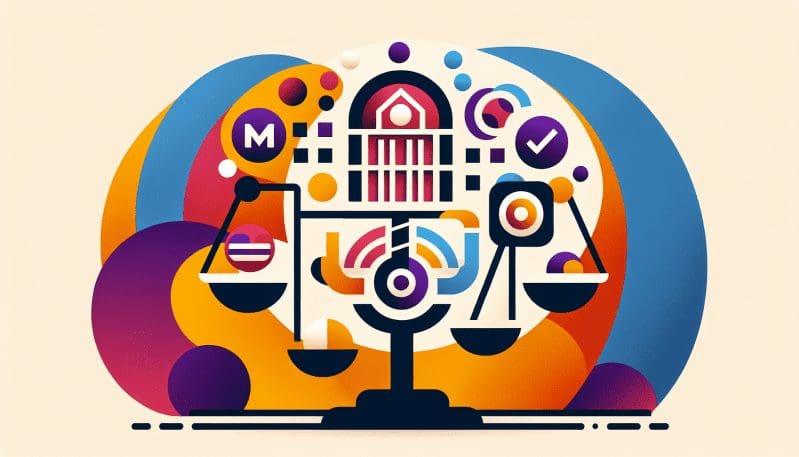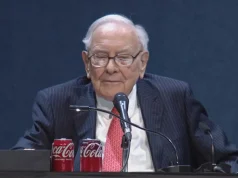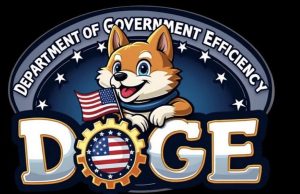In an era where media’s magnifying glass hovers intently over the intricacies of government operations, the narratives spun by journalists and publications hold significant power over public perception. The formidable influence of acclaimed outlets such as The Washington Post, The New Yorker, and The New York Times extends into the heart of public workplaces, often dictating the rhythm of policy-making and the morale within the government workforce. Our investigation into this landscape offers a nuanced perspective on the intersection of media and public sector accountability, and how this dynamic shapes not only the narrative but the reality of public service.
The ubiquity of media narratives cannot be understated in their ability to paint a picture of government efficiency and worker competency. These narratives, whether they highlight the successes or magnify the failures, contribute to an overarching public sentiment towards government workers and the institutions they represent. The question arises, is the media spotlight helping to improve public sector accountability or does it skew public perception, potentially causing harm?
Journalistic responsibility and editorial slants are the sculptors of public discourse. The integrity of these narratives lies in the hands of those who create them. How do journalists balance the pursuit of truth with the need to engage readership? How do editorial biases influence the portrayal of public sector challenges and triumphs? These questions are fundamental to understanding the role of media in shaping our understanding of the public sector.
On the flip side, the government’s management of media relations is a complex dance of transparency versus strategic messaging. Ensuring the openness that cultivates public trust while promoting positive workplace practices is a delicate balancing act. Media relations, when executed adeptly, can serve as a bridge between public institutions and the citizenry, lending credence to the government’s efforts and initiatives.
Moreover, the potential for the public sector to use media platforms for internal communication strategies and employee engagement is vast. The amplification and strategic use of these platforms can enhance morale, offer recognition for good work, and support a culture of continuous improvement and accountability. From internal newsletters to social media outreach, the government has an array of tools at its disposal to foster a sense of unity and purpose among its workforce.
The interplay between media and government has never been more critical. As we delve into these key areas, we invite our informed readership to explore the implications of media narratives on the public sector. The objective is not only to assess, but also to understand and potentially reimagine the ways in which our rights as workers and citizens are upheld within the framework of government accountability and workplace dynamics.




























